Where is President John Bardo?
President John Bardo takes a selfie with students at the AirBus Americas grand opening last week.
If you’re searching for Wichita State President John Bardo, chances are he isn’t in his office.
Mid-March, more than 50 student protesters staged a sit-in outside of Bardo’s office in Morrison Hall, demanding change from administration. The group, We The Students, suggested Bardo and the President’s Executive Team had fallen out of line in the role of serving in the best interest of the students.
“We the students demand equal representation!” the students chanted, calling for shared governance and equal representation for marginalized student groups.
“Change is always difficult, and I appreciate that all of us who love Wichita State may have different ideas about the best ways to position our university for future success,” Bardo responded in a statement at the time.
Thursday, flyers appeared around campus with Bardo’s picture and a headline that read “MISSING” and “Have you seen this man?”
We The Students, the student group who published the sign, said in the flyer Bardo had been missing since he was “spotted at the on-campus Starbucks on April 10 evading student concerns and presidential responsibilities.”
Bardo operated out of the office on the day of the sit-in, and organizers of the student group have yet to reach a desired meeting with Bardo. Bardo, however, admitted he hasn’t operated from the desk in his office too often this year. That message particularly he wants to express to students.
“It’s important for people to see the changing role of the president,” Bardo said. “There’s a lot of things presidents at research facilities do differently. A lot of why I am not attending some of these meetings is to get people used to the idea that a lot of these issues should be wrestled within the organization with not necessarily everything coming to the president’s office.”
In smaller, traditional universities, they follow a pyramidal structure, Bardo said. “That’s not how they work at major research facilities,” Bardo said. “Here, they’re all over the place in terms of how judgements get made.
“That’s not the way things get done anymore.”
Shared governance has evolved, Bardo said. The premise of the concept, in its current stage, is having both employees of the university and student government association operating under the authority of a university president. Proponents are encouraged to influence the decision-making process when they might not be included in the voting process.
Bardo, Wichita State’s 13th President, has an atypical commitment to a key feature in the design of his office. Like the 12 Wichita State presidents before him, Bardo likes to hold meetings at a 12-person round conference table in his office. But unlike most presidents, Bardo never sits at the head of the table. He prefers the left side. Here, he gets the best insight for strategy, he said. Pictured on the wall is a collage of images of Wichita State students excelling in both academic and campus involvement settings.
“I sit over here because when I make decisions, this is what I’m making decisions about,” Bardo said. “It used to be classic art, but I told them to take it down. I wanted students — that’s more important.
“It’s always about students,” Bardo said.
As the concept of shared governance evolves, Bardo will continue to step out of the office.
“In the next 10 years, as this university grows, the president will be more external than internal,” Bardo said. “I’ve probably been more internal than external because we needed to align some things that maybe I didn’t see as being aligned. Now I’m having to shift to be more external, and that’s pretty typical.”
It’s not uncommon for a president to spend more than 70 percent of their time on external issues, Bardo indicated. The goal of the president is to know the right players in state legislature when state funding cuts are being decided.
“The president will rarely be involved in any detailed decision in the institution,” Bardo said. “Some things you have to control, but there’s other things you don’t want to be in and don’t want to control as long as people are making good judgments. They’re heading down, generally, the path the institution needs to go down.”
Bardo has been more invested internally, he said, than he would have liked this academic year, in part because of issues within the institution. He believes he’s in a position to make the jump to be even more external in the next academic year.
“That is going to be more and more the case in higher education.”
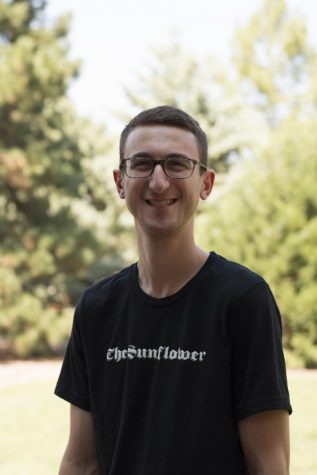
Evan Pflugradt is the former sports editor of The Sunflower. Pflugradt past served as the publication's Editor in Chief, Opinion Editor and a reporter....
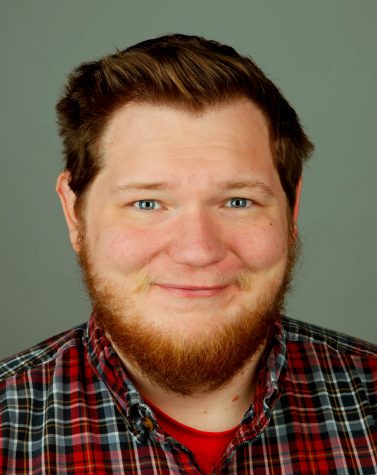
Brian is the photo editor at The Sunflower. Hayes is a junior majoring in mass communication with an emphasis in journalism. He is from Wichita. Hayes enjoys...



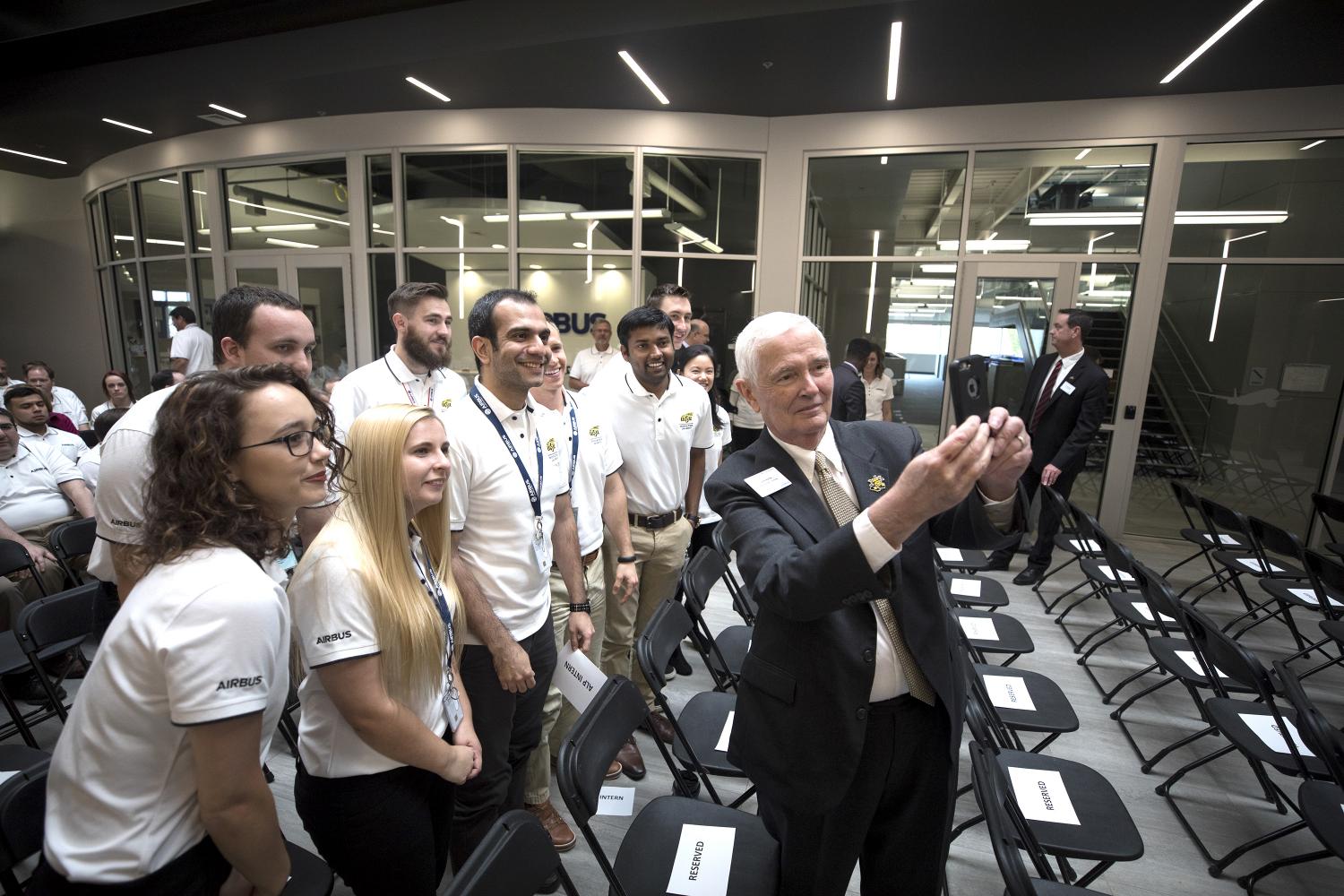
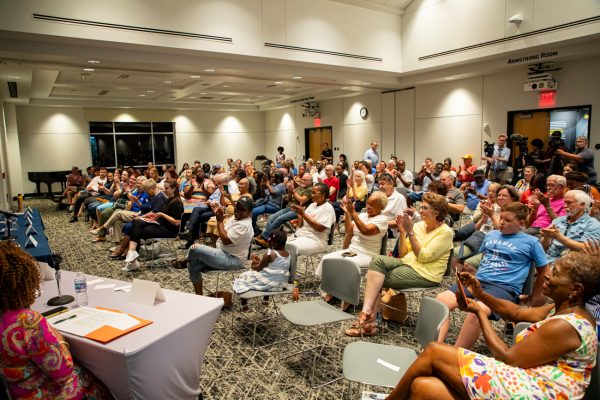

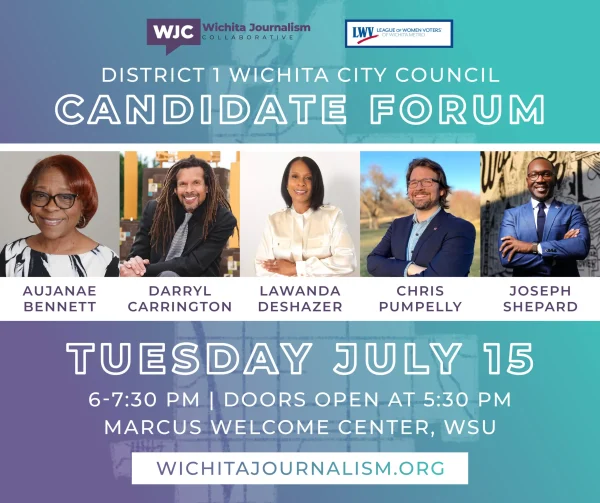


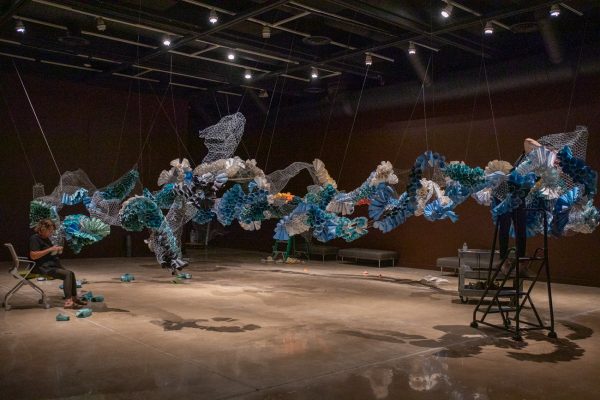
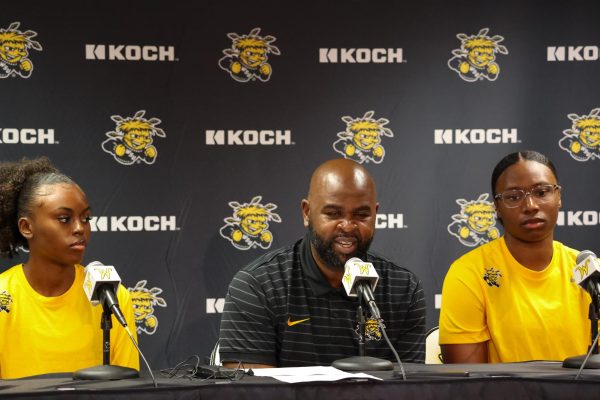
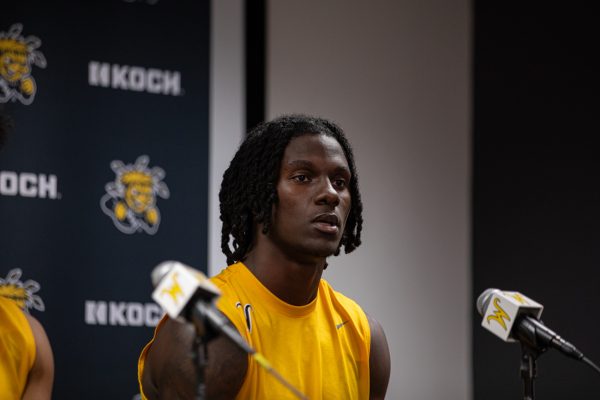
Sword in the stone • May 10, 2017 at 10:53 am
Does that mean bardo pulled the sword away from students and faculty or did KBOR in their limited wisdom give it to him. Maybe we should start questioning KBOR also, after all they are the ones letting this nonsense continue. Just Remember the rent at wsu for freshman dorms is now over $1000/month. Does an 18 year old need the burden of a rent equivalent to a mortgage? The answer is NO, parents will send would be students elsewhere.
King Arthur (John) • May 2, 2017 at 7:02 am
As Bardo sits at the round table I wonder if he imagines himself as King Arthur and if he refers to the Executive Team as his Kinghts? What is the word for that???
Load of Crap • May 1, 2017 at 6:00 pm
The round table must be new. He used to have a rectangular table and sit at the head of the table and criticize where others sat. This is totally mind boggling to read. It is such an alternative fact it is laughable.
Kevin • May 1, 2017 at 10:04 am
“We The Students” should change their names to “We the Few Students”.
Most students are excited about the growth WSU is seeing.
The man • May 1, 2017 at 9:25 pm
WSU growth (aka building count, administrative bureaucracy, and sports) is costs you more money and less available seats in your classes. Personally, I would like to see WSU have less students, that way I might have a chance of taking classes rather than being put on a waitlist semester after semester and delaying graduation.